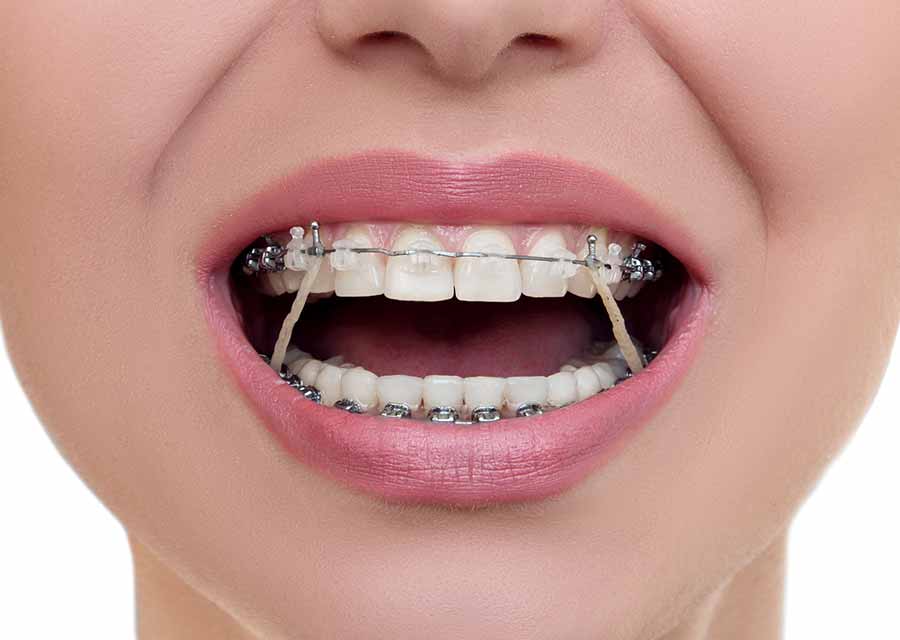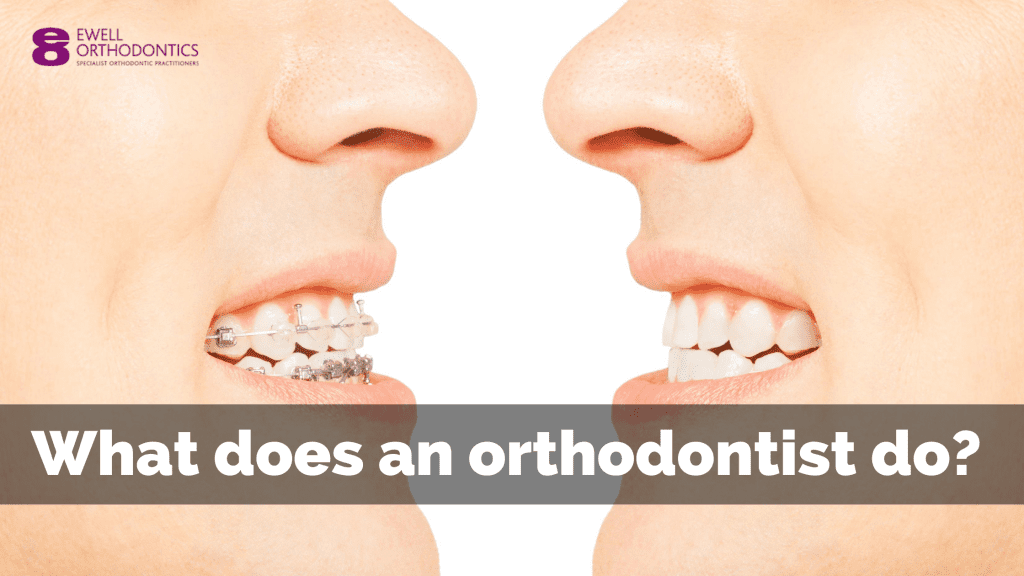How Legacy Orthodontics can Save You Time, Stress, and Money.
How Legacy Orthodontics can Save You Time, Stress, and Money.
Blog Article
Things about Legacy Orthodontics
Table of ContentsThe Single Strategy To Use For Legacy OrthodonticsThe Best Strategy To Use For Legacy OrthodonticsSome Known Factual Statements About Legacy Orthodontics The Legacy Orthodontics StatementsThe 4-Minute Rule for Legacy Orthodontics
In enhancement, we use flexible therapy routines, adaptable settlement choices and an enjoyable, enjoyable experience.An orthodontist is a dental practitioner trained to identify, avoid, and treat teeth and jaw irregularities. Orthodontists function with individuals of all ages, from kids to grownups.
Malocclusion, or misaligned teeth, can result in dental problems, including dental caries, gum tissue condition, and challenging or unpleasant chewing. Not everyone is birthed with straight teeth. If you have a negative bite or large areas in between your teeth, you might desire to seek advice from a dentist concentrating on orthodontic treatment.
A Biased View of Legacy Orthodontics
( Photo Credit Report: DigitalVision/Getty Images) Orthodontists make use of taken care of and removable oral gadgets, like dental braces, retainers, and bands, to alter the placement of teeth in your mouth. Orthodontic therapy is for oral irregularities, consisting of: Crooked teethBite issues, like an overbite or an underbiteCrowded teeth or teeth that are too much apartJaw misalignmentThe objective of orthodontic therapy is to improve your bite.
A healthy bite guarantees you can consume, eat, and talk correctly. While you may think about orthodontists as primarily for kids or teens that require dental braces, they can correct oral problems at any kind of age. Orthodontists go to college, dental school, and orthodontic institution. After college graduation, they spend 2 or 3 years in an orthodontic residency program.
All orthodontists are dental experts, yet not all dental experts are orthodontists. Orthodontic residency programs supply extensive, concentrated instruction for dental professionals. They focus on 2 areas: Exactly how to appropriately and safely relocate teeth Exactly how to appropriately guide growth in the teeth, jaw, and faceOnce an orthodontist has finished training, they have the choice to end up being board accredited.
Unknown Facts About Legacy Orthodontics
Misalignment, or malocclusion, is the most usual factor people see an orthodontist. It is genetic and is the outcome of size distinctions between the top and reduced jaw or in between the jaw and teeth. Malocclusion causes tooth congestion, an askew jaw, or irregular bite patterns. Malocclusion is typically treated with: Your orthodontist connects metal, ceramic, or plastic square bonds to your teeth.
If you have just minor malocclusion, you might be able to use clear dental braces, called aligners, as opposed to conventional dental braces (https://www.intensedebate.com/people/legacyortho1). Some individuals require a headwear to aid move teeth into line with pressure from outside the mouth. After braces or aligners, you'll need to put on a retainer. A retainer is a custom-made gadget that keeps your teeth in area.
They can produce extra room in the mouth without having to draw teeth. Orthodontists use wires, surgical screws, or plates to sustain your jaw bone.
You may need to see an orthodontist if you have: Crowding or otherwise adequate area for every one of your teethOverbite, when your top teeth come over your bottom teethUnderbite, when your base teeth are as well far forwardSpacing or concerns with gapsCrossbite, which is when your top teeth fit behind your base teeth when your mouth is closedOpen bite or an upright space between your front base and upper teethMisplaced midline, when the facility of your bottom and top teeth don't align Correcting a dental malocclusion can: Make attacking, chewing, and speaking easierImprove the proportion of our face and your overall appearanceEase discomfort from temporomandibular joint disordersDifferent your teeth and make them simpler to cleanse, helping stop tooth degeneration or tooth cavities It's commonly a dental practitioner that first notices misaligned teeth during a regular exam.
Legacy Orthodontics - Truths

Throughout your first orthodontic consultation, you'll likely have: A dental examPhotos taken of your face and smileDental X-raysPanoramic (360 level) X-rays of your face and headImpressions to create molds of your teethThese examinations will assist your orthodontist understand just how to continue with your treatment. orthodontist. An orthodontist is a dental professional that's had training to treat your teeth and jaw
An orthodontist is focused on your bite, so something like a damaged tooth would be managed by a dental expert. Orthodontists are concentrated on your bite, or the way your teeth fit with each other, and the straightness of your teeth.
Ever questioned just how celebrities always appear to have completely straightened teeth? Orthodontists are dental professionals who focus on fixing abnormalities in the teeth and jaws.
4 Simple Techniques For Legacy Orthodontics

While dental braces are one of the most orthodontist typically recognized orthodontic treatment, orthodontists have a varied toolkit at their disposal. The specific strategy chosen depends on the severity of the case, the patient's age, and private preferences. These tried-and-true dental braces use a system of brackets bonded to the teeth and attached by wires.
Clear aligners, like Invisalign, are a preferred choice for people seeking a much more discreet treatment choice. These removable trays are customized to gradually shift the teeth's placement. Headwear may be utilized combined with dental braces or aligners to apply additional targeted forces, especially for dealing with jaw inconsistencies. In cases of narrow jaws, palatal expanders can be made use of to produce area for proper tooth placement.
Report this page